Azure SQL Database or Managed instance is a Microsoft cloud offering for SQL Server in the managed cloud environment. Usually, we connect databases from SQL Server Management Studio, Azure Data Studio, or applications for query data.
Read more »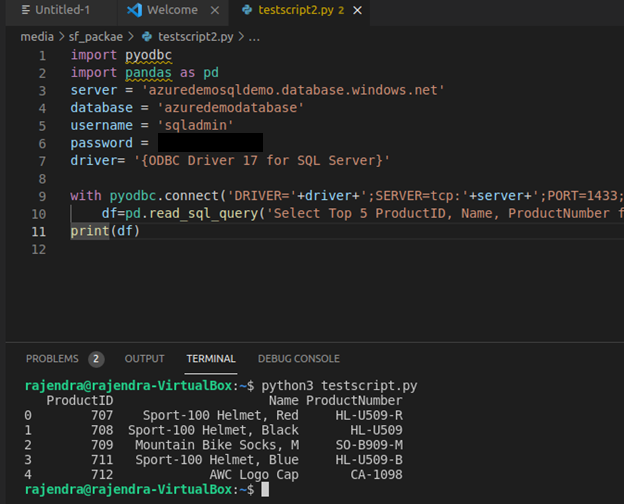

Azure SQL Database or Managed instance is a Microsoft cloud offering for SQL Server in the managed cloud environment. Usually, we connect databases from SQL Server Management Studio, Azure Data Studio, or applications for query data.
Read more »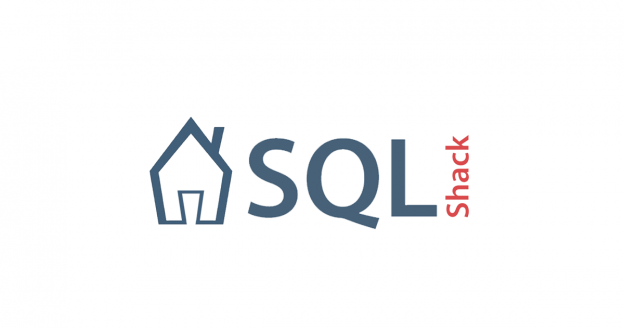
The database contains business, customer sensitive and confidential data. Therefore, securing the database environment is the prime responsibility of a database administrator. If you plan to host your databases in Microsoft Azure, you can choose the platform as a service solution – Azure SQL Database. The Azure SQL DB is a fully managed database service; therefore, you do not get full access to SQL Server features, databases.
Read more »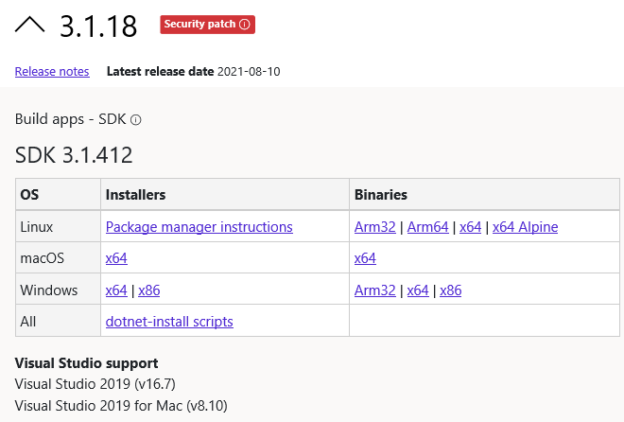
This article explores an alternative solution for SSDT using Azure Data Studio for both Windows and Linux SQL Server.
Read more »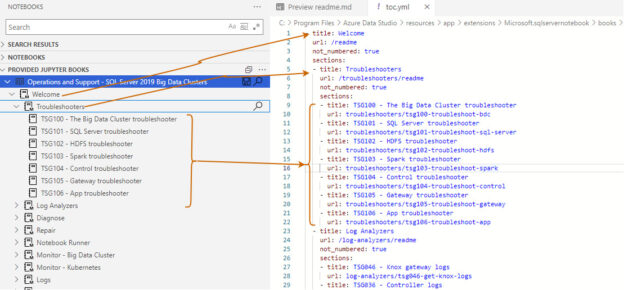
This article introduces and explores the Jupyter books in the Azure Data Studio.
Read more »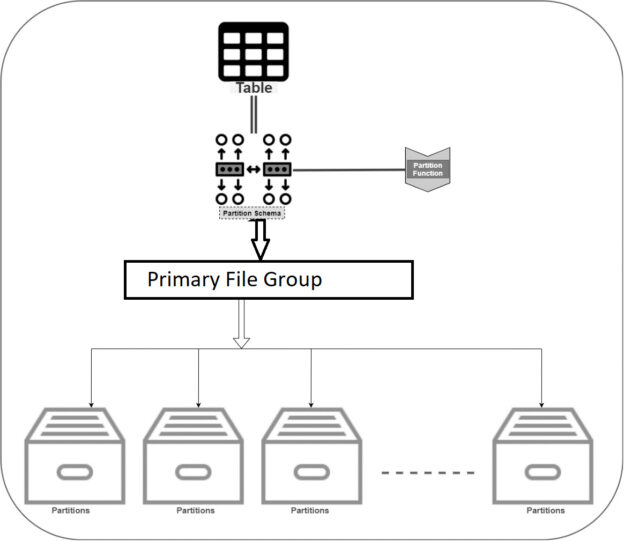
This article explores the process of table partitioning in Azure SQL Database and explains how it differs from on-premises SQL Server.
Read more »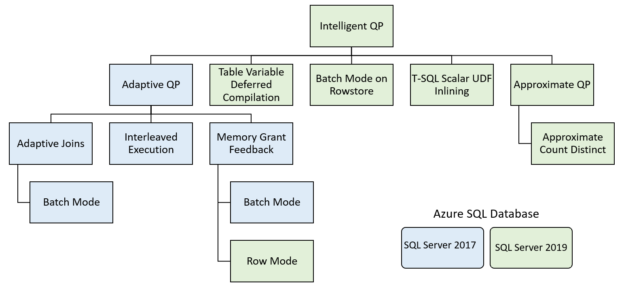
This article explores the scalar UDF performance issues and improvements in Azure SQL Database using UDF Inlining.
Read more »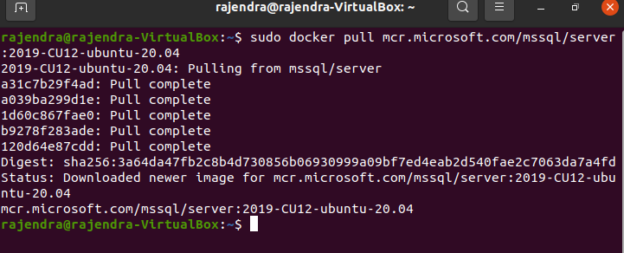
This article will walk you through the process of creating, importing a customized SQL Server image into Azure Container Registry and finally deploying an Azure Container instance using it.
Read more »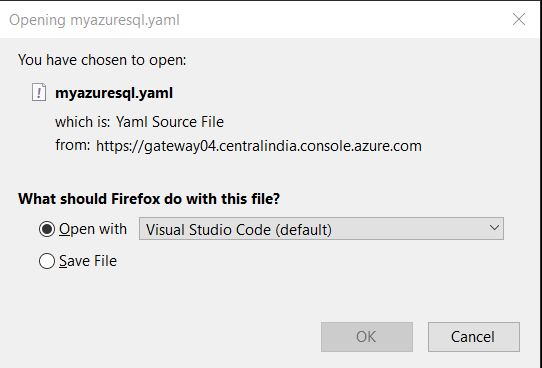
The Azure Container Instances provides a flexible solution for implementing container-based images in Azure infrastructure quickly. It does not require building the virtual machine, installing applications like Microsoft SQL Server, or configuring the software. You can choose the container images from the libraries and build solutions. You can use non-persisted(default) and persisted storage to avoid losing container data if your container status changes to Stopped and restarted.
Read more »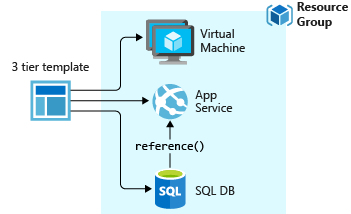
The Azure Resource Manager (ARM) template is a JavaScript Object Notation (JSON) file for deploying Azure resources automatically. You can use a declarative syntax to specify the resources, their configurations. Usually, if you need to deploy Azure resources, it might be a tiring experience of navigating through different services, their configurations. With the ARM templates, you no longer need to click and navigate around the portal. For example, you can use configure the template for Azure VM or Azure SQL Database deployment.
Read more »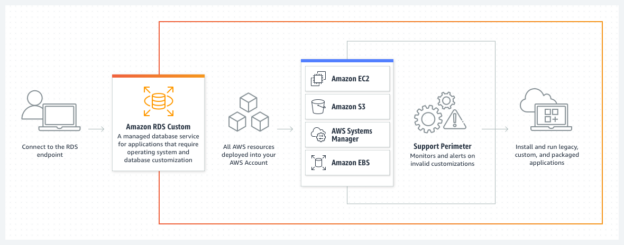
This article will explore AWS RDS SQL Server with Amazon RDS Custom as a managed database service for applications that require an operating system and database customization.
Read more »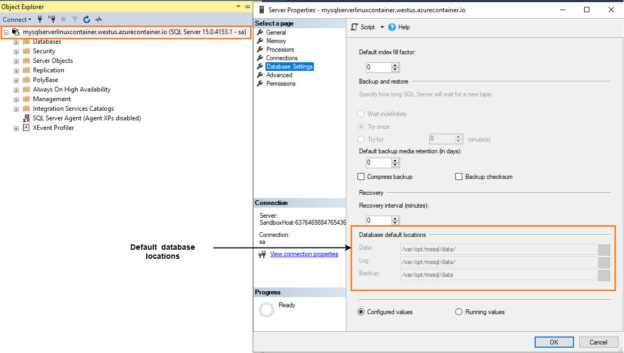
In the articles, Deploying Azure Container Instances for SQL Server 2019 and Create Azure Container Instances for SQL Server 2019 using Azure CLI, we explored Azure Container Instances for SQL Server on Linux. These containers are stateless. Therefore, if you stop or restart container instances, you lost your data. Suppose, being a developer, you created a new container database, deployed a few tables, and stored procedures for testing purposes. You do not want to lose these objects or databases even if you destroy your container. Similarly, you also want to reuse those databases if you create a new container instance.
Read more »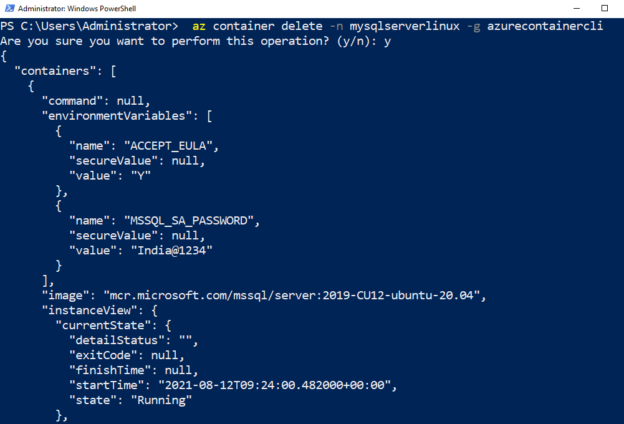
This article explores Azure CLI scripts for deploying Azure Container Instances with SQL Server 2019 image.
Read more »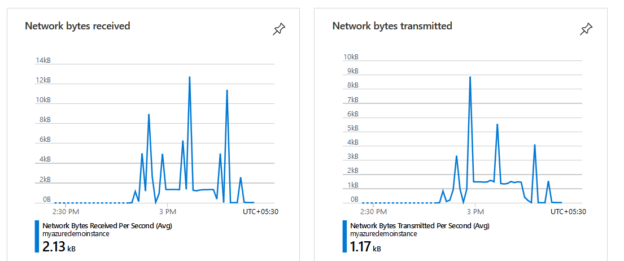
This article will show how to deploy SQL Server 2019 on the Azure container instances using the Azure portal.
Read more »
The Bulk Copy Program (BCP) utility can move bulk data between SQL Server instances. You can export SQL Server data into BCP files. You can also use them for moving data from on-premises SQL Server instances to Azure SQL Database. The BCP files do not contain schema or the format information of your data. Therefore, you cannot use it as a database migration tool. However, it is adequate to import or export many rows. However, you need to create the table or use a format file to import data into a table.
Read more »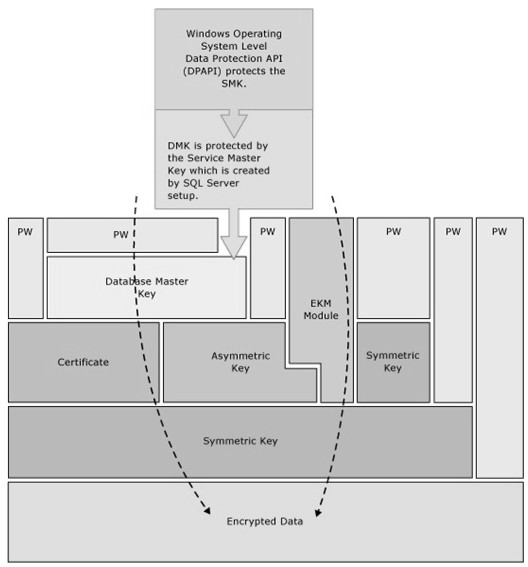
Azure SQL Database is a cloud database hosted on Microsoft’s Azure platform. It is an enterprise-grade database service that supports a wide range of advanced features, and it can be used to store and process data. Customers can migrate data from an on-premises SQL Server without downtime and minimal disruption.
Read more »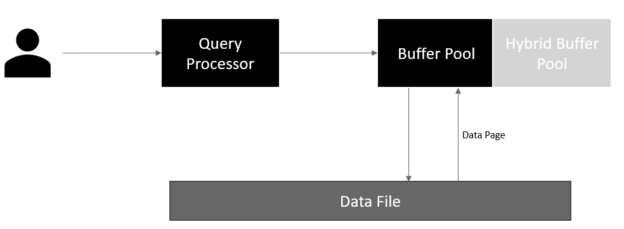
This article explores the Hybrid Buffer Pool feature available in the SQL Server 2019.
Read more »
This article will give an insight into the INDEXPROPERTY() function in SQL Databases.
Read more »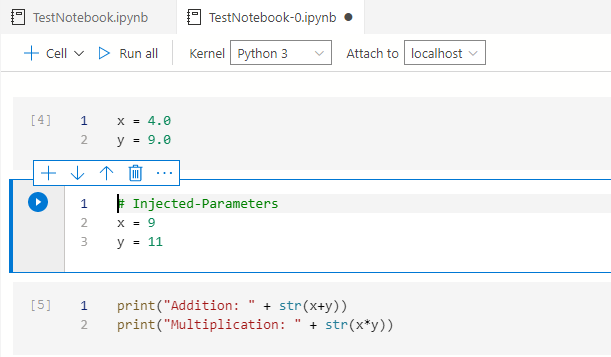
This article will explore Parameterized SQL notebooks in Azure Data Studio.
Read more »
This article will explore the Copy Data tool for importing data into Azure SQL Database from a web source.
Read more »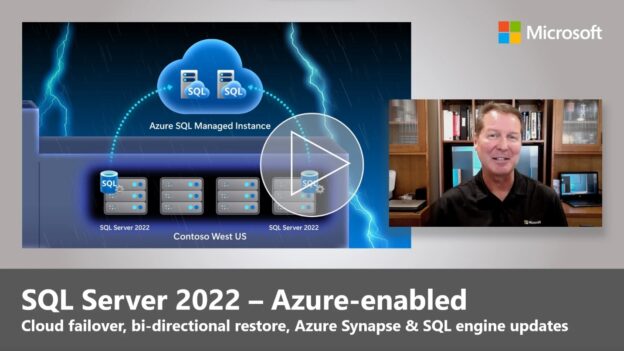
This article talks about the next version of SQL Server which is SQL Server 2022. This will cover the latest announcement, release, and all the exciting features SQL Server 2022 offers.
Read more »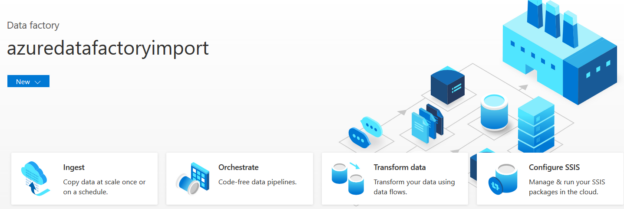
DBA may import, export regularly within a different environment. You might receive data in a specified format for importing it into database tables.
Read more »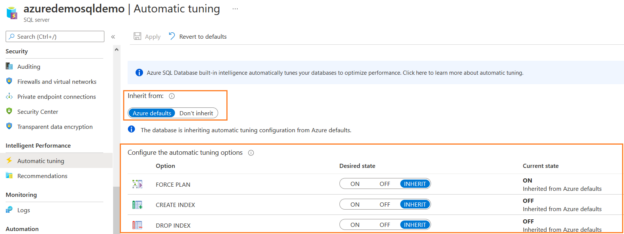
This article will explore automatic index advisor (CREATE_INDEX, DROP_INDEX) for Azure SQL Database.
Read more »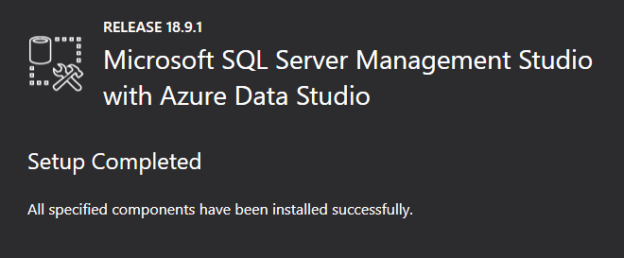
This article explains upgrading SQL Server Management Studio (SSMS) and Azure Data Studio (ADS) to their latest version with a single installation.
Read more »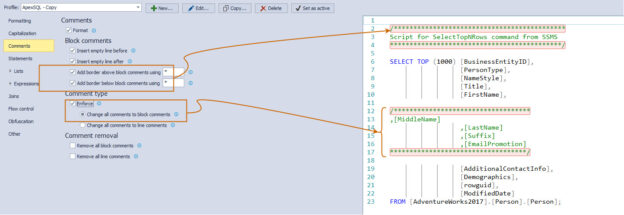
In a typical database, we have multi lines or page SQL statements in a view, SQL statement or the stored procedure. Also, multiple developers change the T-SQL, and it becomes difficult to track who altered the code and for what reason.
Read more »
This article explores the Causality tracking option in the SQL Server Extended Events session(XEvents) and its usefulness in troubleshooting performance issues.
Read more »© Quest Software Inc. ALL RIGHTS RESERVED. | GDPR | Terms of Use | Privacy